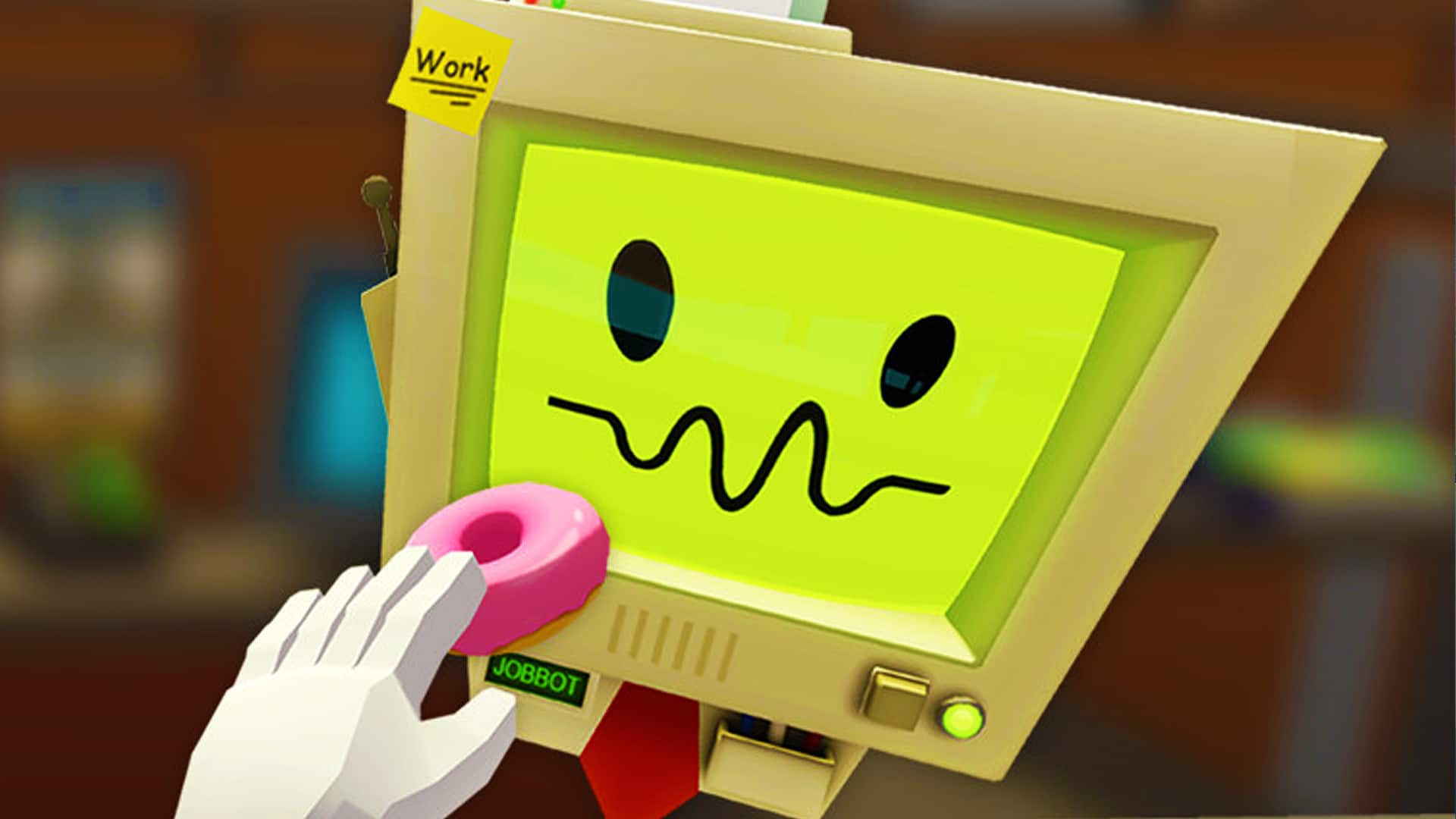In our creative industries where so many jobs come about through hidden contacts and handy ‘coffee’ meetings, seeing an actual dyed in the wool, bona-fide job advertisement can feel like an oasis in the desert. You reformat your CV, craft your cover letter and send it out into the ether.
Then, nothing. Not a stinky sausage. WTF? You’d be perfect for the role, but all you get is an automated email saying ‘thanks but no thanks’.
And there’s the clue. Automated.
Lots of recruiters (especially those that advertise on the big two job sites) rely on AI to do the first cull of applicants. Known as Applicant Tracking Systems (ATSs) or CV Scanners, these computer programs are harsh critics with blunt tools. So here are some tips to help you play the game, and at least get your application seen by a human.
We’ll start with the simple tips to play the game:
- Use a Word or RTF format. Other formats miss words. This means no PDFs.
- Re-save your CV with a small change for each application. Documents older than 2 months ago are ‘too old to prioritise’.
- File Name – your name and role title, max 24 characters. Tricky if you’ve got a name like mine, but make it work.
- Size – under 1MB and max two pages.
- Word count – no more than 500 per page.
- Font – one font, one colour, two sizes. Keep it plain and simple.
- Manual Formatting – don’t! No spaces or tabs to create layout as the machine can’t read it.
- Sentence structure – 11 to 18 words only. Shorter is better.
Now for the trickier bits:
The Automated Tracking System is looking for headings.
Essential are contact details / education / work experience, while personal profile / achievements / interests / references are considered optional.
Without headings the ATS will incorrectly group sections and make some bad assumptions about you.
The higher something is to the top, the greater the weighting the ATS will give it.
Read: Ask the Mentor: how do I get my first job?
Now look at the job advert and spot the key words relating to skills. Pick five to 10 of them. Now go through your CV and re-use those words. Like I said, the ATS is a blunt instrument and it’s coded to count how often you use key words on the theory that the more times you use a particular word, the better you must be at that skill.
The Automated Tracking System is like an extremely well-trained Labrador – keen to do its best but not that bright.
Next pick the top couple of skills. Explain a time you used that particular skill that had a measurable benefit. For example, ‘Using my excellent computer and admin skills, I automated much of the call sheet process and saved the production significant time.’
The formula is SKILL / ACTION / MEASURABLE BENEFIT.
This will feel weird and possibly heavy handed, particularly if you’re a wordsmith. Sadly the ATS isn’t. It’s like an extremely well-trained Labrador – keen to do its best but not that bright.
Will doing this make any difference? 100% Yes!
A true horror story
My own CV is perfectly formatted for a production manager to read. But this is the feedback from an ATS.
Her experience is concentrated in Employability Skills (mostly Communication & Interpersonal Skills) and in Hotel and Hospitality (mostly Cooking and Food). Esther Coleman-Hawkins has nine years of work experience, with several years tenure in management, including a mid-level position.
Errr no…. I’m significantly older than someone with nine years’ work experience! And aside from a very enjoyable single season working on The Great Australian Bake Off, I am no more qualified to work in the Hotel industry than I am to operate on small animals.
So, before you send an application off through the web, rework your CV to ‘assist’ the AI with putting you front and centre as a great candidate.





